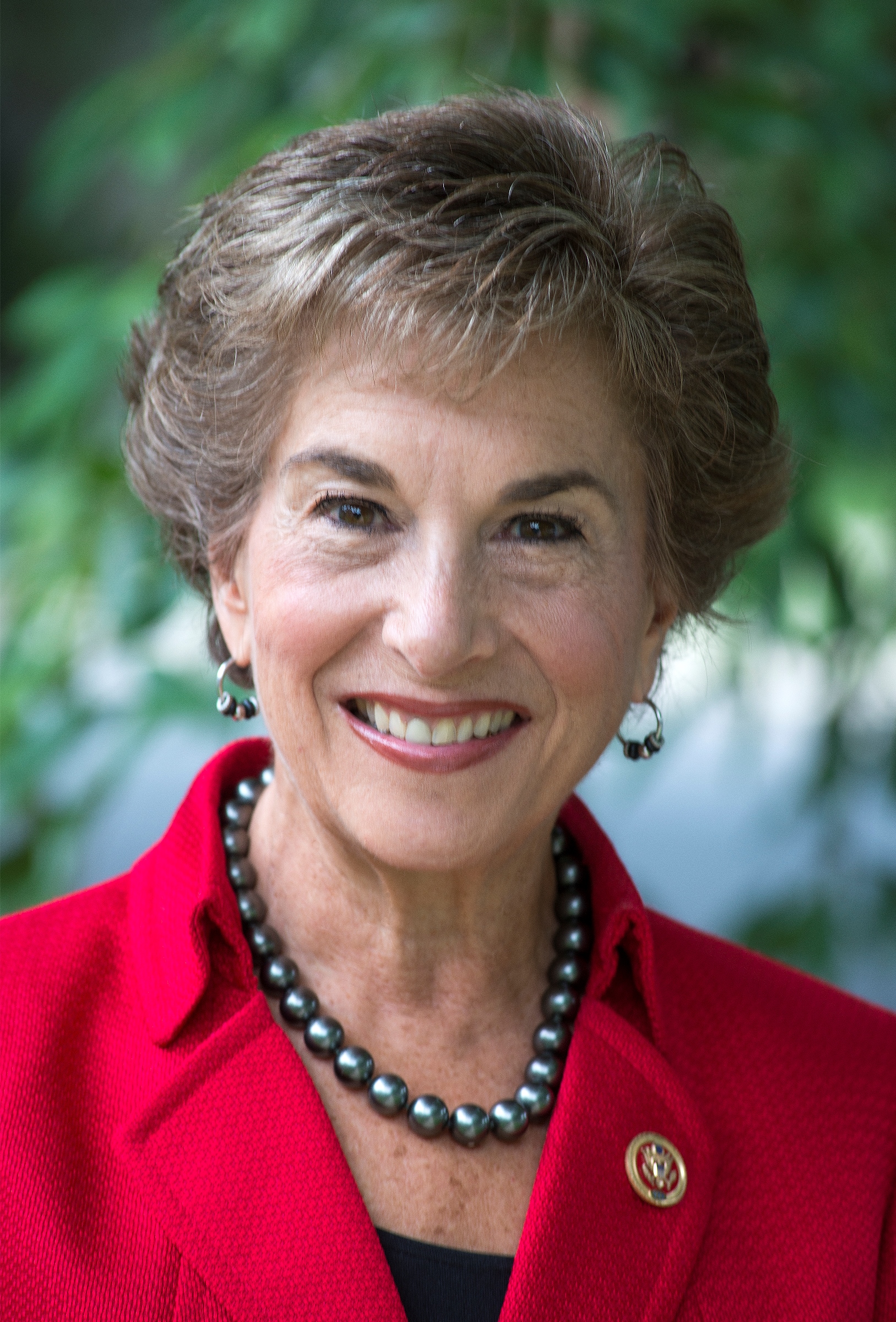
Jan Schakowsky, Congresswoman
Jan Schakowsky is a Congresswoman representing the 9th Congressional District of Illinois and has for decades been a leading voice for issues in long-term care. Click the black squares ![]() below to hear and read about the Congresswoman’s experience during the COVID-19 pandemic. The expanded interview (edited for clarity) is available at the bottom of the page.
below to hear and read about the Congresswoman’s experience during the COVID-19 pandemic. The expanded interview (edited for clarity) is available at the bottom of the page.
Click below for the expanded interview (14:22).
